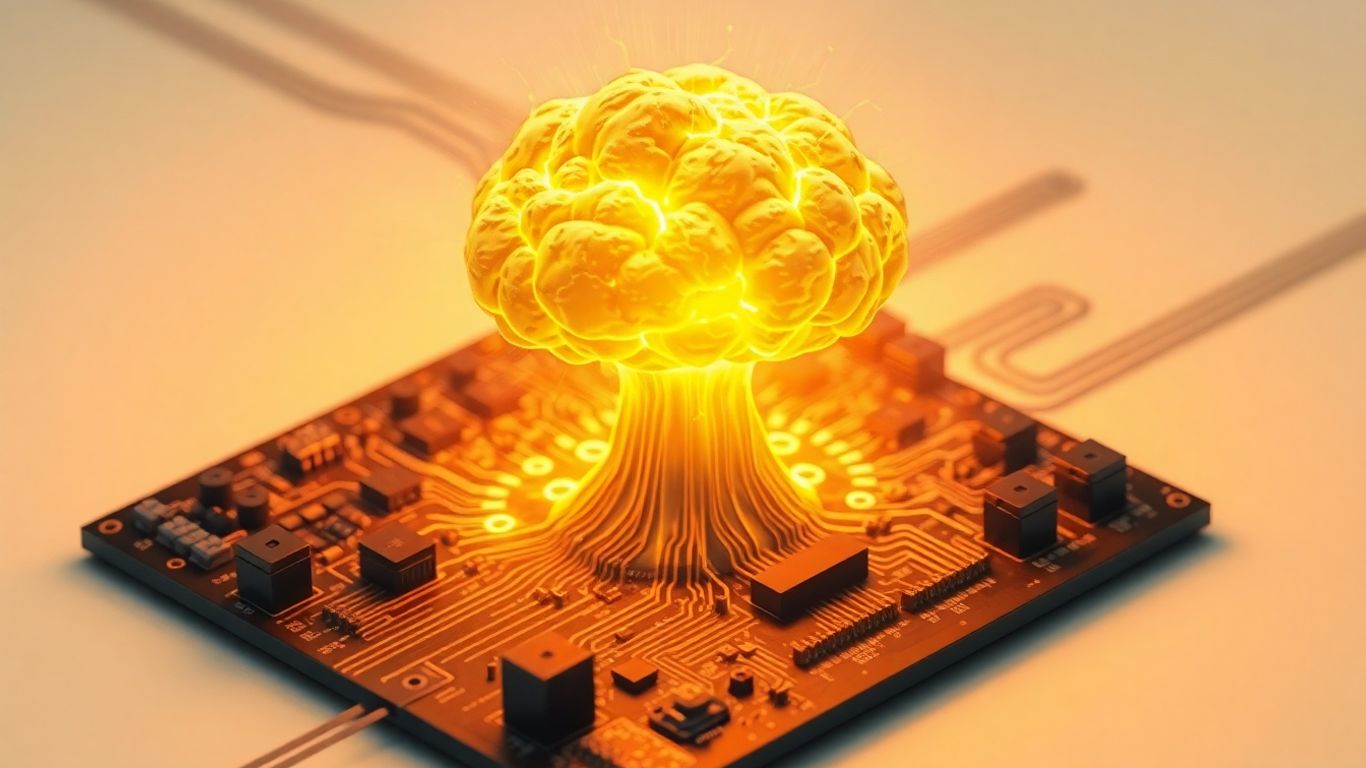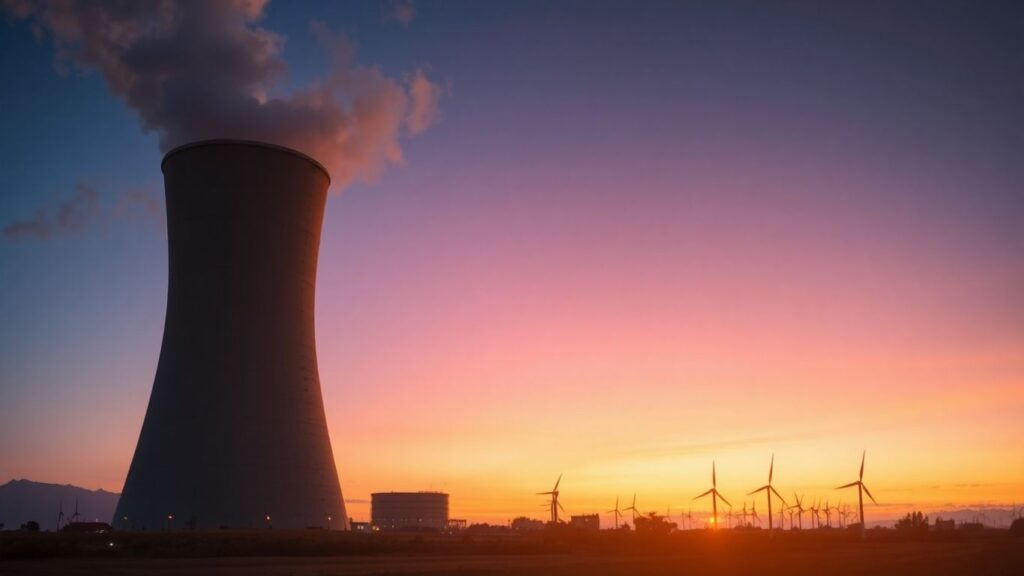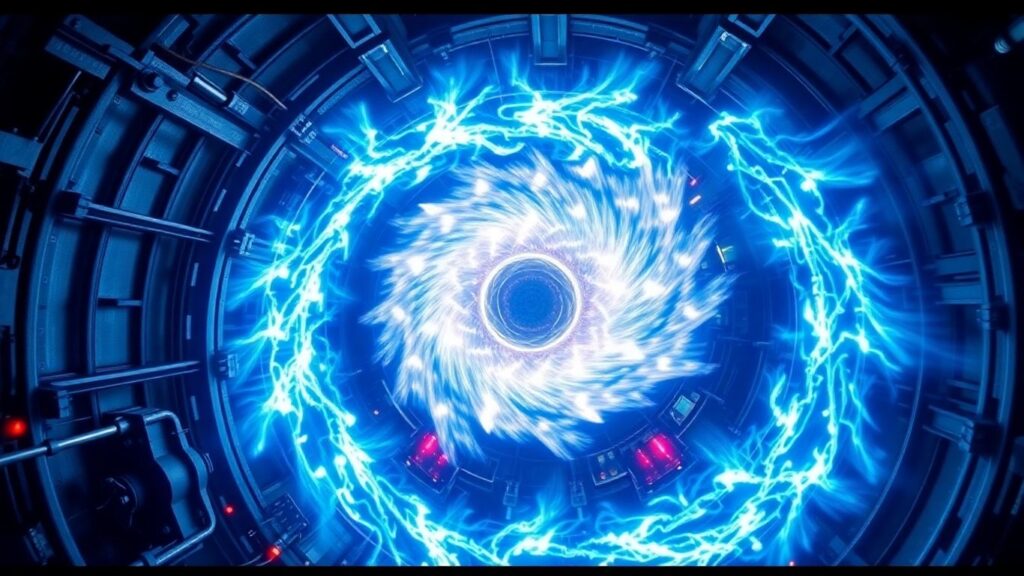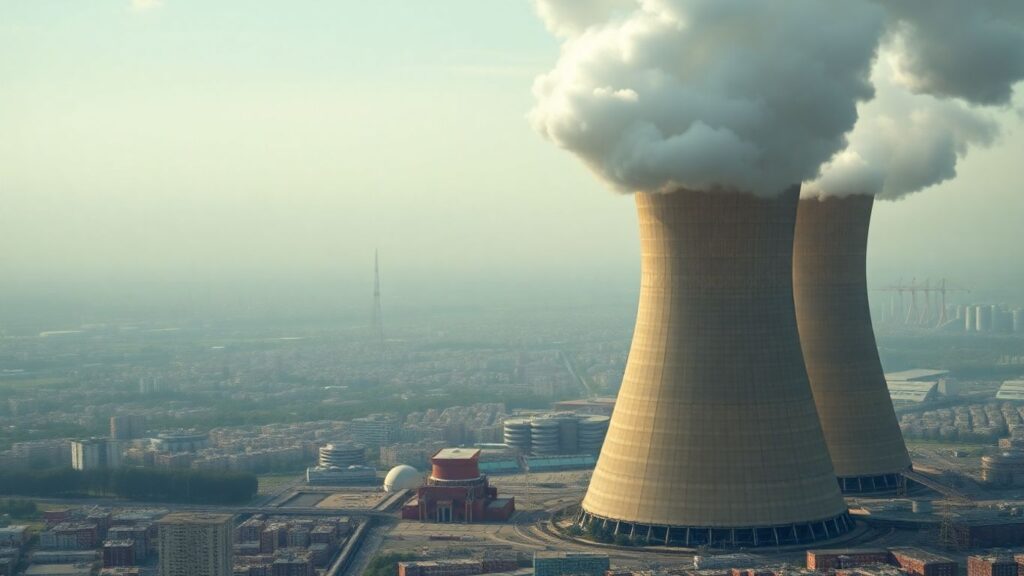Major technology companies are making significant investments in nuclear power, seeking a stable, carbon-free energy source to meet the immense electricity demands of artificial intelligence development and data centers. This strategic shift involves both revitalizing existing nuclear facilities and backing the development of next-generation reactor technologies, aiming to reconcile ambitious climate goals with rapidly escalating power needs.
Key Takeaways
- Big Tech firms like Microsoft, Google, Amazon, and Meta are partnering with nuclear energy providers.
- The primary driver is the massive, constant energy requirement for AI and data centers.
- Investments include reopening existing plants and funding advanced reactor designs like Small Modular Reactors (SMRs).
- Nuclear power offers a reliable, carbon-free alternative to intermittent renewables.
- Challenges remain regarding the timeline for new reactor construction and the overall cost.
The AI Energy Crunch
The rapid advancement and deployment of artificial intelligence have created an unprecedented demand for electricity. Data centers, the backbone of AI operations, require vast and continuous power supplies. Tech giants, many of whom have pledged to achieve net-zero emissions, are finding that traditional renewable sources like solar and wind, while crucial, cannot consistently meet these intensive, 24/7 energy needs. This has led them to look towards nuclear power as a vital component of their energy strategy.
Reopening Old Powerhouses
Some companies are opting for a quicker, albeit historically sensitive, solution: reopening or extending the operational life of existing nuclear power plants. Microsoft, for instance, has made a substantial investment to restart a reactor at the Three Mile Island site in Pennsylvania, which will be renamed the Crane Clean Energy Center. This approach is seen as significantly faster and less expensive than building entirely new facilities. Constellation Energy, a major owner of U.S. nuclear plants, is facilitating these agreements, highlighting the economic viability of keeping these plants operational with long-term power purchase agreements.
Investing in the Future: Small Modular Reactors
For longer-term solutions and to avoid the complexities of older reactor designs, companies like Google and Amazon are investing in the development of advanced nuclear technologies, particularly Small Modular Reactors (SMRs). These next-generation reactors are designed to be smaller, more standardized, and potentially quicker and cheaper to build. Google is backing Kairos Power’s development of molten-salt-cooled reactors, while Amazon has invested in X-energy’s SMR designs. These initiatives aim to bring new nuclear capacity online, though experts caution that these technologies are still in developmental stages and may not be fully operational at scale for several years.
Challenges and Outlook
Despite the enthusiasm, significant hurdles exist. The timeline for constructing new nuclear plants, even SMRs, can be lengthy, potentially creating a gap between AI’s immediate energy needs and nuclear power’s availability. Critics point to the historical cost overruns and delays in nuclear projects. Furthermore, the issue of nuclear waste disposal remains a consideration. However, proponents argue that the reliability and carbon-free nature of nuclear power make it indispensable for achieving both climate goals and the burgeoning demands of the AI era. The success of these ventures will depend on overcoming these challenges and ensuring a steady supply of clean, reliable energy for the digital age.












